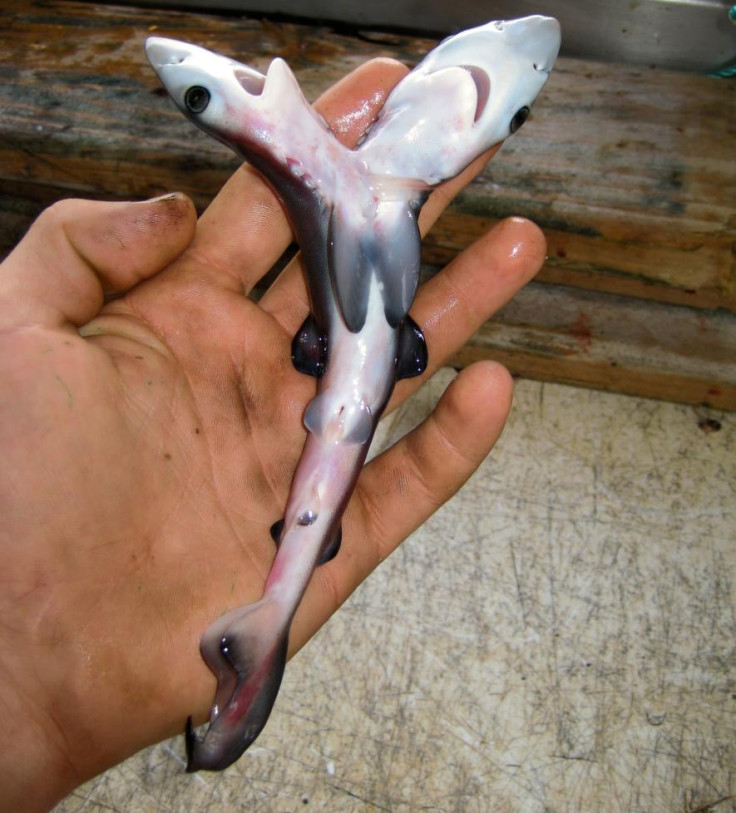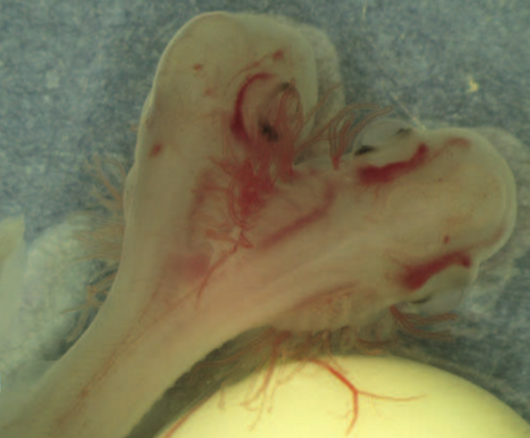Strange two-headed shark embryo discovered in the western Mediterranean
It is the first time that scientists find a two-headed shark embryo within an oviparous species.

A two-headed shark embryo has recently been discovered by scientists in the western Mediterranean. This is one of several cases of bicephalous sharks that have been discovered in recent years.
Coming face to face with an grown shark with two heads would arguably be most people's worse nightmare. However, it is unlikely that the creature newly described in the Journal of Fish Biology would have been viable, had it developed fully.
In recent years, there has been an increase in the number of documented cases of two-headed shark fetuses. In 2008, for instance, the story of a fisherman who discovered a two-headed blue shark fetus in the Indian Ocean was published in the National Geographic.
The magazine also reported that three years later, a study in the journal Marine Biodiversity Records described the case of embryonic bicephaly among blue sharks.
The new shark embryo specimen was found by a team from the University of Malaga, in Spain. They had been working with 797 embryos of the Galeus atlanticus species to study their cardiovascular systems, when they come across one that had a very strange appearance.
Two heads, one body, two hearts
The embryo appeared to have two heads, and further investigations revealed that each head had a mouth, two eyes, a brain, a notochord and five gill openings on each side. The two heads then merged together in one body, which presented all the characteristics of a normal shark embryo, such as four dorsal fins.

However, the creature also had two hearts, two oesophaguses, two stomachs, and two livers. The evidence thus suggests that these are two-headed conjoined twins, a phenomenon that is known to happen in all major groups of vertebrates.
Oviparous: Animals who are oviparous lay eggs. There is little or no development of the embryos within the mother.
Viviparous: These animals do not hatch eggs. Instead the babies develop solely inside the mother.
Ovoviparous: For these animals, the embryos develop in eggs but these are hatched within the body of the parent.
Previous finds of two-headed conjoined twins in shark embryos had only been identified in viviparous and ovoviviparous species. Since Galeus atlanticus is oviparous, this makes it the first discovery of a two-headed shark among an oviparous species.
Two-headed shark discoveries remain rare - only seven cases in total have been reported up to now in scientific literature – but we have heard more about them in recent years. This has prompted more questions about what causes these malformations. Experts have yet to reach a conclusion.
© Copyright IBTimes 2025. All rights reserved.






















